I had requested a camel train to take us across the Syrian Desert to Palmyra, the hometown of the legendary Warrior Queen Zenobia whose ancestry is unclear. She may have been raised as the daughter of her brother who had married the widow of her father who was the brother of them both. Palmyra was an important trading hub on the ancient Silk Road and a visit might reveal more about its famous queen.
| by Terry Walker | 05042024 | 17 minute read |
We were keen to discover more about the fascinating ancestry of Queen Zenobia and the intricate web of connections that made her one of the most powerful women in history. From her noble lineage to her strategic marriages, every aspect of her family history was intertwined with the politics and power struggles of that period in history.
We had to be in her capital to untangle the ancestry of this 3rd-century iconic queen and uncover the secrets of her rise to greatness.
Travelling by camel was a romantic, adventurous idea, but not very sensible considering we were 250 km or around 12 days’ camel hoof away. But my request to the Syrian Government was being considered. I was awaiting a decision sitting outside the office of Minister Ahmed Iskander Ahmed, in the grim black and cream Ministry of Information building in central Damascus. Alongside me were a dozen other supplicants wanting favours that were unlikely to mirror the one I was here to pursue.
This was the only place in Syria where I could obtain an authorisation for the camels to trek the barren desert to Palmyra from where Zenobia led her armies to capture Egypt from the Romans 1,700 years ago.
No camels but request approved
It seemed like a long time perched on the dusty leather chair, from which I rose as the trying-to-be-helpful ministerial assistant slipped from the inner office. He headed towards me with a grin that suggested we might have a deal and a strong ancestral story for my party of travel writers.
“There is good news, Mr. Terry. You can take your journalists to the town of Palmyra, but it would be much too tiring to travel by camel. We will make more suitable arrangements and please all be ready at 9am in two days,” said the assistant.
With no camels on offer, I assumed we would use the three chauffeured Government Mercedes limos to transport our group to distant Palmyra – a less adventurous substitute for my suggested ships of the desert trek.
1,000 miles of biblical history
Since arriving from London we have had the use of the Mercs, replete with damask curtains for passenger privacy. Traffic in downtown Damascus pulled over and stopped to make way for us as we zig-zagged to inspect the touristic delights of the oldest city in the world.
We had even taken the cars right into the bustling Al-Hamidiyah Souk and parked in The Street Called Straight, visited by St Paul, but which now has mosques, churches and synagogues along the way. There were fine oriental rugs, silk, copperware and spices on offer everywhere.
The marketing theme being promoted by our media visit, “1,000 miles of Biblical History” included Jordan, much of the Holy Land, and, emulating St Paul, finishing up in Damascus. The Kingdom of Jordan was picking up half of the consultancy fees with the Syrian Arab Republic providing the jumbo jet and hospitality costs.
Massacres and tribal dissent
We were aiming for positive coverage in carefully selected UK national and regional newspapers and travel magazines. Their journalists had accepted my invitation to look at Syria’s tourism potential as guests of the Al-Assad ruling regime. It was the first press trip of its kind, so I was determined it would be a success.
We had negotiated a PR and marketing contract in London to assist the Syrians in beefing up their tourism market. Getting a solid media appraisal was an important first step. There had been rumours in London about thousands of citizens of Hama, near Syria’s northern border with Turkey, being massacred and of tribal dissent around the country. But the Syrian Government officials attending our meetings in London suggested that things were much better now and the country was safe for tourists.
Long-range jumbo jets to expand airline
Our trip came at a pivotal time for Syria and the Middle East. In earlier troubled years the Western press had problems getting into Syria because of regular regional unrest, including the Yom Kippur War in 1973. But by now the Syrians had expanded Damascus International Airport and updated the SyrianAir operations to pitch for an improved media image and dollar-earning tourism…
I explained all of this to media contacts and managed to put together a press party of national, regional, and travel trade journalists and tour operators to see for themselves what Syria had to offer to international tourists…
So now we were on our way and I was on the flight deck at Heathrow Airport when the pilot programmed the 747’s onboard navigation computer to Damascus. We trundled past a disgorging Concorde on the way to our take-off position and then soared skywards and headed east to Arabia.
I had heard that the Kingdom of Saudi Arabia had paid for the brand-new long-range Boeing 747-SP that transported us from London. It was the first of two, due to be operated jointly by Syrian Arab Airlines and Alia Royal Jordanian Airline, to boost long-haul business for both countries. The 747-SPs could fly directly to New York from either Amman or Damascus, and that would be the first transatlantic route to be operated by an Arab airline. But as is so often the case in the Middle East, the two sides fell out and never actually operated their joint flight agreement.
Renowned film critic in our party
We landed in Damascus to a barrage of local media interest. I told Syrian State TV in an interview how much we were looking forward to seeing the many touristic and cultural delights and informing the British people about what was on offer in this glorious country.
A fairly bland statement that reflected unvoiced uncertainties on the political front about President Hafez al-Assad and his Baathist regime. That this was my first visit kept the word count down. I had done my research with the help of SyrianAir officials in London, but there were no difficult questions to field.
The senior and most important journalist in our party was Dilys Powell, the renowned film critic and travel writer for the Sunday Times.
Dilys might have lobbied the travel editor for the chance of getting to Syria because she had later suggested I try to include a visit to Palmyra. She had probably heard about Queen Zenobia from her first husband, Humfrey Payne. He was a leading archaeologist and Dilys had spent many years with him in Greece after he was appointed director of the British School of Archaeology in Athens.
Following my pressure at the Syrian Ministry of Information, she was very pleased when I told her and the rest of the party we were heading for Palmyra, the hometown. Nobody mentioned camels.


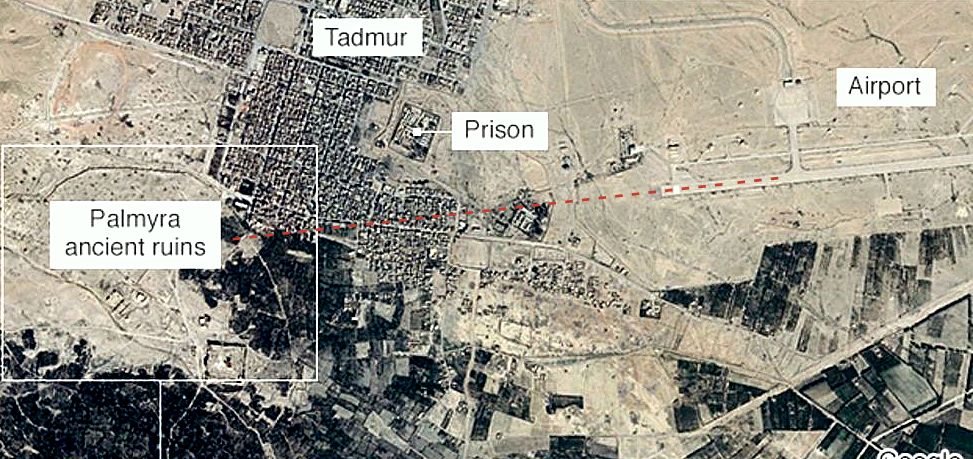
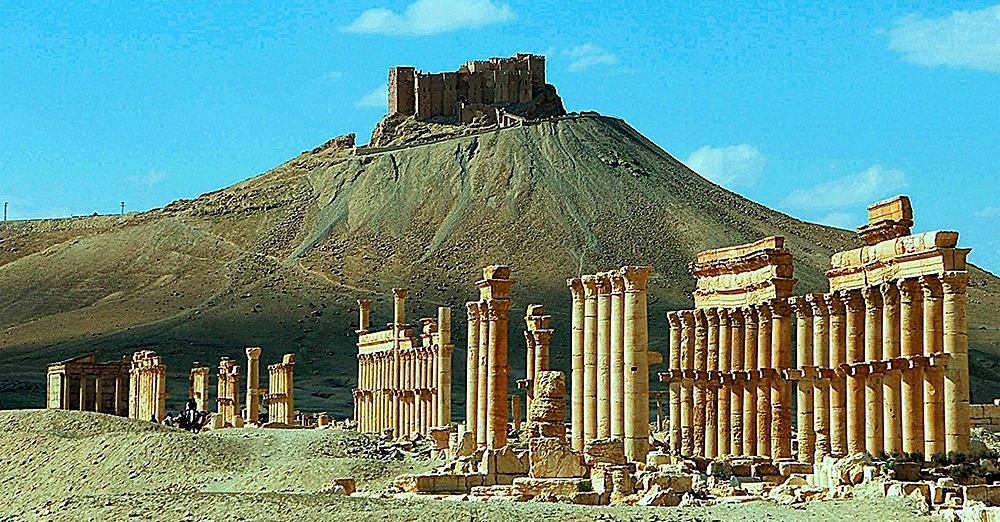
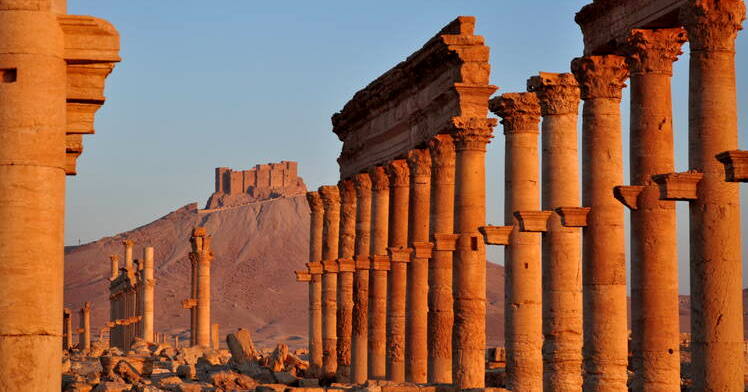
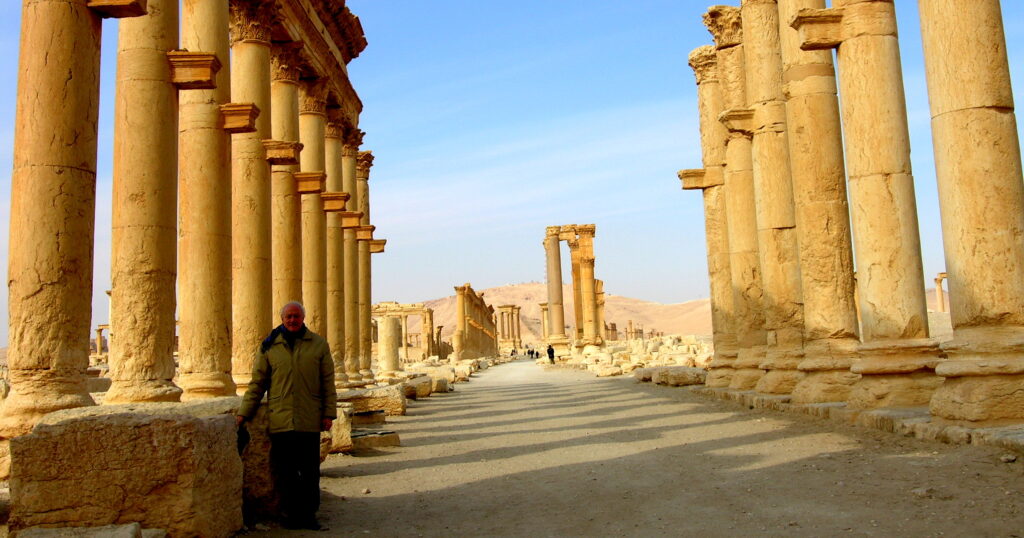
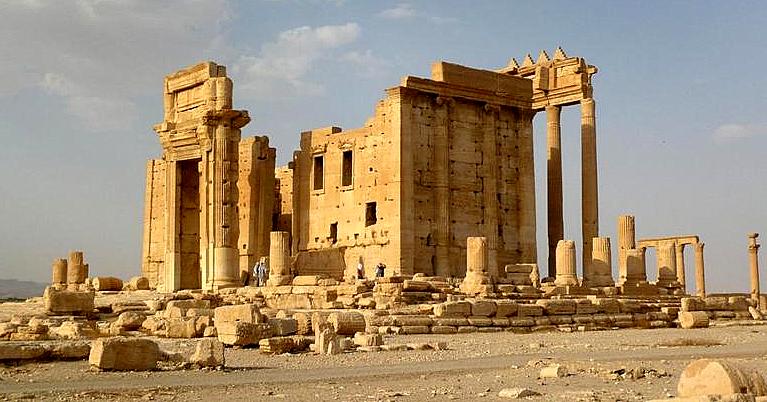
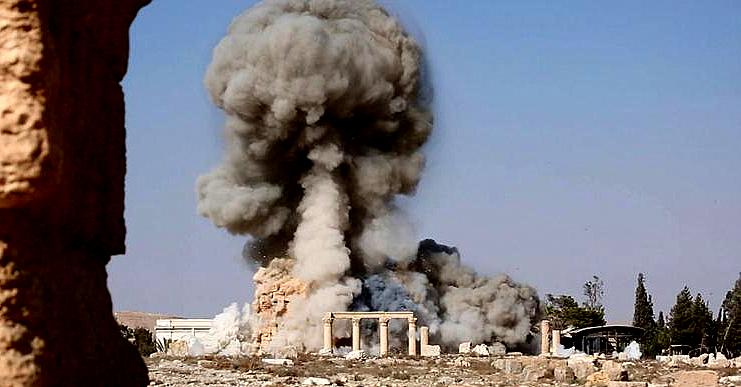
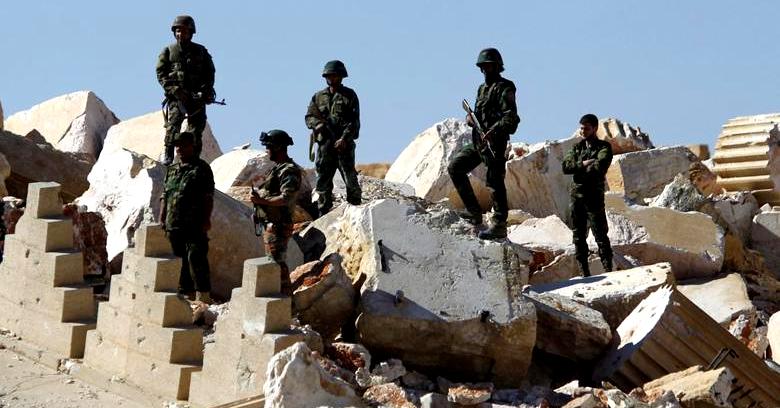
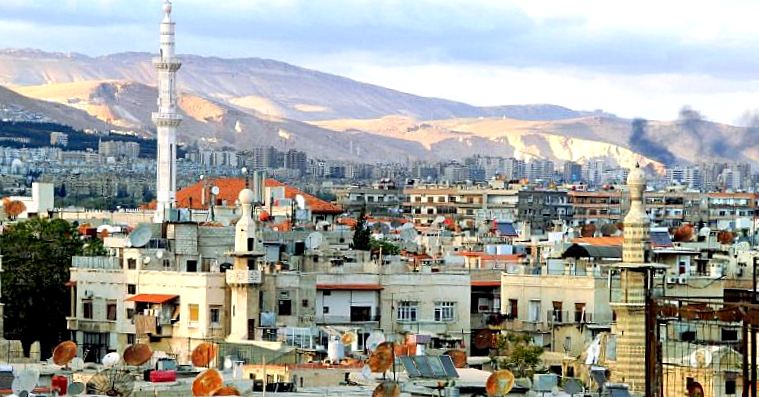
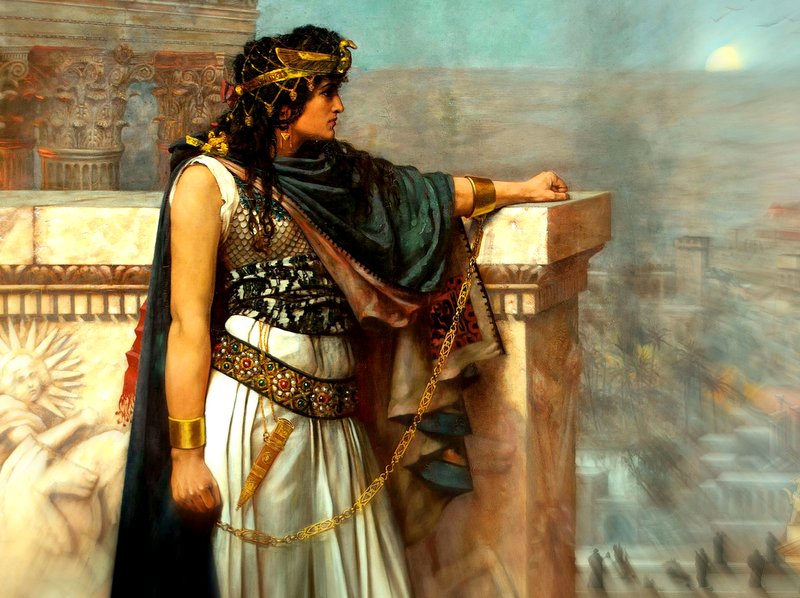
For the evening before our departure, our party was invited to a formal banquet at a ritzy casino in Damascus to meet Syrian Government officials and tourism chiefs. Many of the locals came in army uniforms, mainly those of generals and other high rankers with wives in Fifties-style dresses and much gold jewellery.
Our printed menus promised a main course of spit-roasted lamb. It arrived in lamb-sized pieces on huge silver salvers, which chefs placed on the long refectory table. The carcass of each lamb had been placed, pyre-like, on a deep bed of fluffy rice…
The chefs withdrew and the waiters placed a warmed dinner plate in front of each guest but made no effort to serve anyone.
What’s happening, what is the protocol here? A general indicated I should help myself from the huge pile of food in front of me. Not ladies first then, not ministers or generals in order of seniority. Was I some kind of guest of honour because of my TV news coverage when we arrived at Damascus Airport?
No serving spoons were within grasp, but a Syrian guest sitting next to me mimed how I should use my right hand to grab rice and meat and return portions to my plate. I was up and running, quickly followed by a flurry of self-serving hands around the table as the party got stuck into the spit-roasted lambs.
Camo-painted Russian-built Yak
However, I was to be up and running after this generous serving of botulism… The symptoms of Damascus Dash (DD) – a local variant of Montezuma’s Revenge or Delhi Belly – were a constant travelling companion for the rest of the year.
Breakfast the next day was a missed event for me, and a couple of the journalists, but we managed to be at the front door of Le Méridien Hotel (now Dedeman Hotel) as the Mercs rolled up to take us to…Damascus airport.
We were whisked through to the tarmac via the VIP route. Dilys Powell, dressed for the desert and looking like a leading lady from an Indiana Jones movie, was alongside me as we were led to our transport. I spotted our plane – “Oh my God.” But Dilys didn’t bat an eyelid at the sight of a camo-painted Russian-built Yak, a military aircraft normally used to carry troops into war zones.
Would we be sitting on the floor with our backs to a webbed fuselage as depicted in WW2 newsreels…with a parachute pack on our laps. Would we need to be strapped to fuselage webbing to stop us bouncing around as we came into land on a dusty desert landing strip?
We mounted the short boarding steps, to be greeted by the head stewardess of the Boeing 747-SP that had carried us from London. A couple of her uniformed team held trays of refreshments and welcomed us aboard with knowing smiles.
Desert trail with real-life camels
None of that “squaddie squatting” was necessary, because seats had been removed from the Boeing 747-SP and fitted in the Yak for our 243 km journey across the desert. And, hopefully, a safe return to Damascus – Russian-made planes had a nasty habit of coming down unexpectedly in all the wrong places.
The twin-prop Yak lumbered down the runway and rose slowly to about 6,000 feet on a north-easterly heading. Our pilot followed a clearly defined camel trail across the desert that was regularly punctuated by real-life camel trains. That is difficult to get into your head in an age of intercontinental travel and scientists working in the international space station circling the globe.
Our Yak got us to Palmyra just ahead of the nearest line of camels and we came in low (very low) over acres of Grecian and Roman pillars and temple ruins and then the town of small, flat-roofed houses. We were now so low, I wondered if we were putting down in the main street. Our landing gear just about cleared the last house in town and with the infamous Tadmor Prison, located on the left-hand side of the plane, we flopped onto the runway.
There was no terminal building to speak of, so our party just walked off the sun-baked runway back into the town, where we were led into a small museum crammed with quite amazing artifacts. Luckily, there was a sort of public loo, because by now I was feeling the full ill effects of the “Damascus Dash”. Probably resulting from the finger buffet lamb of the previous evening!
Buried under shifting sand for 1,000 years
We were shown quite amazing artifacts in the museum. Then a guided tour of temples and monuments among the acres of ruins of the ancient kingdom of Palmyra, described in the Bible as being founded by King Solomon. The main Roman street with its colonnades was one mile long. The searing sun was beating down on our party as we moved along it, simply gasping at the sheer scale of the place. Some members of our party suggested Palmyra’s antiquities rivalled those of Athens and Rome.
The desert air and sands preserved everything, but many of the ancient buildings lay on the ground where they had collapsed under regular sieges and the effects of an earthquake that resulted in the town being buried under the desert sands for 1,000 years.
Nearby, there were tombs in the sky – tall towers built to show off the wealth and power of local dynasties, with niches for the dead on all four sides – and a fabulous Arabian Nights hilltop castle, Qula’at ibn Maan that overlooks the town.
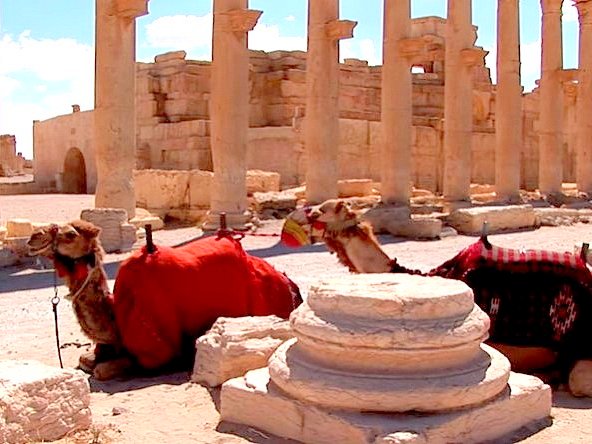
These camels had made it to Palmyra and provided visitor tours of the Greek, Roman and Palmyrene antiquities. Local guides joked about expecting “one-person groups”.
But we were the only tourists in Palmyra that day, even as we wandered into the shade of a large oasis where a French engineer was busy tapping an underground aquifer to fill the swimming pool of a Méridien Hotel under construction. If they ever arrived at this stunning place, future visitors would appreciate a cool dip. Today’s desert heat was unbearable for many in our party – with the notable exception of Dilys Powell, well acclimatised to these temperatures from her years “digging” in Greece.
Palmyra had been a forgotten place, buried under desert sands, until 50 years earlier when it was rediscovered by foreign archaeologists. Because of the constant upheavals in the region, there have been few tourists since, at this or the other 20 or so outstanding archaeological sites in Syria including Damascus and Aleppo, cities continuously inhabited for 5,000 years.
Crossroads town of the Silk Road
One previous tourist arrival in Syria was that of Mark Twain. In his 1869 book, Innocents Abroad, he wrote: “Go back as far as you will into the vague past, there was always a Damascus.” She has looked upon the dry bones of a thousand empires and you will see the tombs of a thousand more before she dies.”
Even earlier visitors to Palmyra included Mark Antony and Hadrian (of Wall fame), who was so impressed he gave tax concessions, very useful for a town at the crossroads of the Silk Road. In 255AD, Septimus Odaenathus was appointed governor of Syria Phoenicia, based in Palmyra. Five years later, he was made Governor of the entire East. In 266AD Odaenathus and his eldest son were assassinated and his wife, Zenobia, became the effective ruler. Some believe the Palmyra warrior queen hired the assassin.
Zenobia captured and taken to Rome
The ambitious and attractive Zenobia was half-Greek and half-Arab, or possibly half-Jewish. There are several variants of her actual ancestry. She claimed to be descended from Cleopatra and was exceptionally intelligent and an eloquent speaker of Palmyrian, Greek, and Egyptian. In her court were scholars, theologians and philosophers. She dressed as an emperor, not an empress, and claimed she could outdrink any man (and win at arm wrestling?).
Queen Zenobia was a successful ruler and, by 270 AD, her armies had conquered most of Anatolia (Asia Minor) earning her the title of The Warrior Queen. The city of Palmyra declared its independence from Rome but fell into decline after Zenobia was captured three years later and taken to Rome in gold chains.
Our party was captivated by this amazing pink and ochre palm-fringed place in the middle of the desert. Dilys Powell was reluctant to get back on the Yak for the return journey to Damascus. She’d had a field day to remember in Palmyra, marvelling at the Greco-Roman artefacts on the site and in the adjacent museum. While I’d split my time between ancient artifacts and ancient plumbing in the museum – as my DD was still causing chaos…
That evening we visited the impressive Damascus Museum with its recent extension to house even more of the seemingly unlimited artifacts of Syria, including the most important of all, the world’s first alphabet. There was plenty of evidence to suggest that Zenobia ruled over a vast empire, albeit in agreement with Rome. Her seizure of Egypt sparked her eventual downfall (watch video). All our party was jaw-dropped by the breadth and quality of the collection, especially Dilys Powell who displayed a deep knowledge of Grecian and Roman jewellery.
UPDATE
The entangled ancestry of Queen Zenobia, the Palmyra Warrior Queen, remains unclear in the aftermath of the media visit. She may have been raised as the daughter of her brother who had married the widow of her father who was the brother of them both. To add to her mystery Zenobia was also known as Bat Zabbai, Septimia Zenobia, Znwbyā Bat Zabbai. The image (10 above) is Queen Zenobia’s Last Look upon Palmyra by Herbert Gustave Schmalz (aka Herbert Carmichael) in 1888. She was taken in chains from Palmyra to Rome as depicted.
Syria’s Boeing 747-SP was never flown to New York, but the second 747-SP delivered to Alia in 1977 was used on the Amman-New York route, the first transatlantic route operated by an Arab airline. The 747-SP is no longer (2024) shown in the official SyrianAir fleet.
Four years after our visit UNESCO made Palmyra a World Heritage site and described it well: “The art and architecture of Palmyra, standing at the crossroads of several civilizations, marries Graeco-Roman techniques with local traditions and Persian influences.”
Tourism grew steadily, centred on Damascus, beach resorts and Palmyra, but didn’t reach its full potential. It peaked in 1981 before declining again and from 2010 virtually ceased with the outbreak of civil war. Subsequent trade embargos against the Al-Hassad regime meant no Cocoa Cola was officially available in Syria and no other products of American and European companies – including passenger jets.
On 23 July 2012, as the rebellion against President Bashar Al-Assad continued, the EU imposed a new wave of sanctions on Syria, which included SyrianAir. The sanctions meant that the airline could not make flights to the EU, or buy any new aircraft, which has parts made in the EU, or aircraft made in the EU. As a result, SyrianAir was forced to suspend all its operations in the EU.
In the Civil War of 2010-2020, Government troops occupied the ancient remains of Palmyra and took potshots at any locals who moved. Some of its finest artifacts were later destroyed by ISIS rebels and the desert town was added to a list of endangered world heritage sites.
Dilys Powell, film critic and latter-day desert warrior, died in St Charles Hospital, London on 03 June 1995, aged 93. Her Greek Odyssey book, An Affair of the Heart (1958) is a rare gem in travel writing; an unforgettable evocation of a country and its people on intimate knowledge and lasting affection. Hailed as a classic when it was first published more than fifty years ago, it is still regarded as one of the most outstanding books on Greece ever written. It was reprinted and published by Souvenir Press in 2011.
“For decades, the mere mention of Tadmor Prison was enough to send chills down a Syrian’s spine. The notorious facility in the desert of central Syria was where thousands of dissidents were reported to have been beaten, humiliated and systematically tortured for opposing the Assad families’ rule. It was demolished by the Islamic State group, which took over the site near the ancient town of Palmyra bringing mixed emotions from many Syrians who wanted it to remain standing so future generations would know its horrors.” – News report from Associated Press.
Great authentic stories of our lives | Heritage and history
Al-Hassad ancestor true story ancestry stories Damascus Dilys Powell family history heritage stories Palmyra publish free warrior queen Zenobia

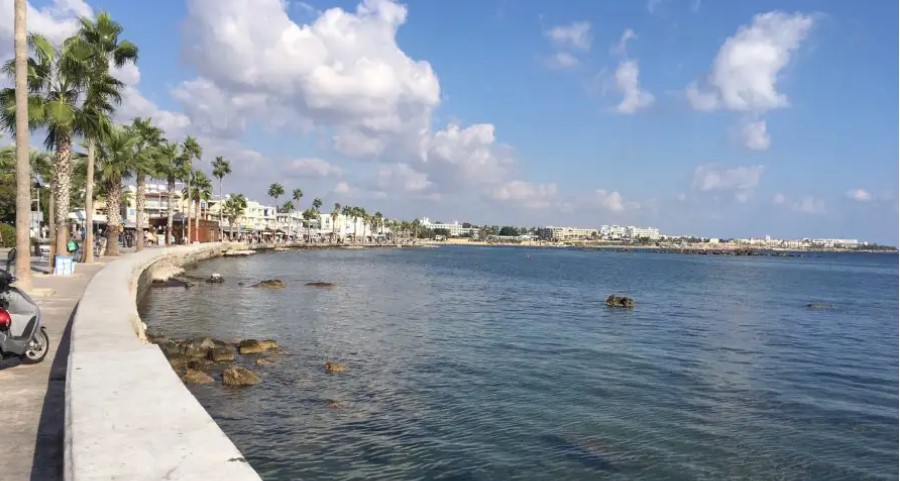
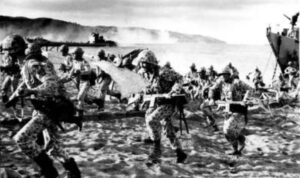


Recent Comments